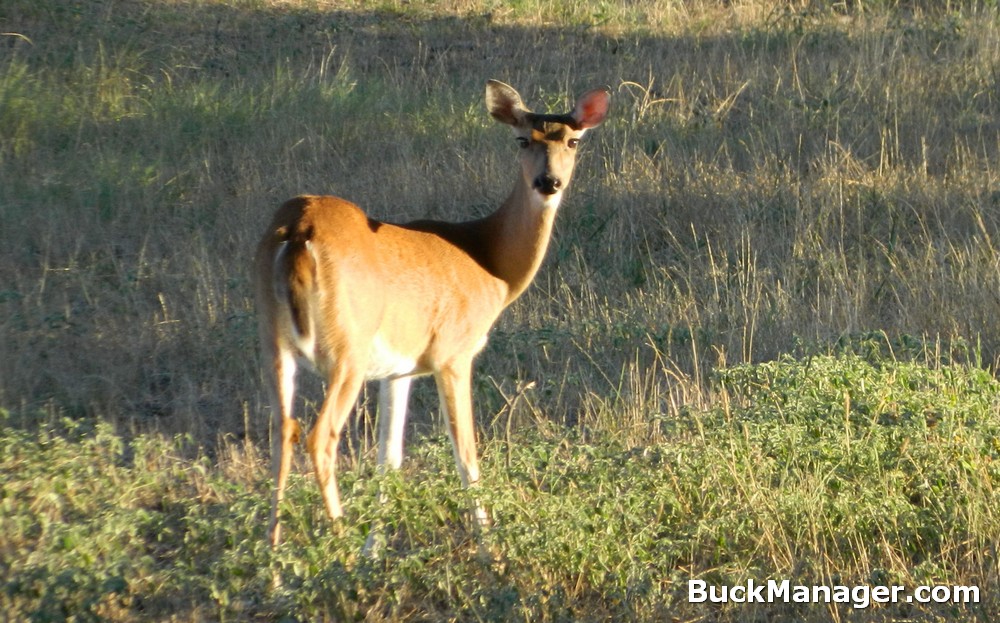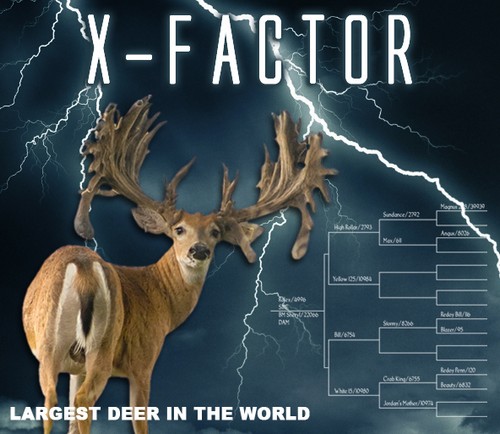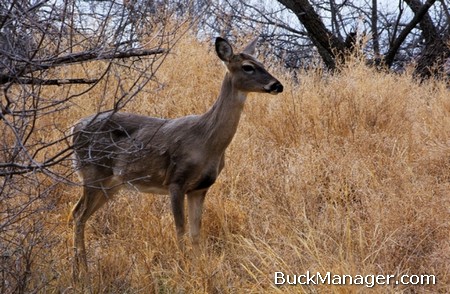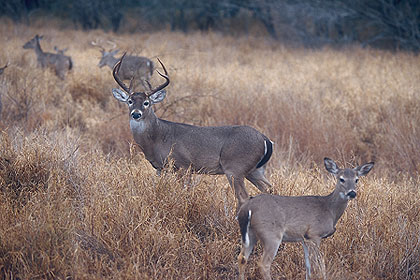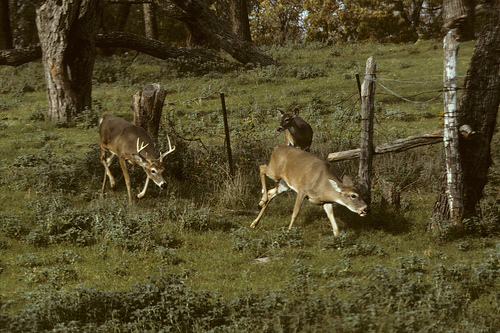Fawns Key to Deer Herd
It’s pre-season prime-time right now with game cameras working 24-7 as hunters prepare for the upcoming deer hunting seasons. It’s a cornucopia of SD cards and game camera photos. Which bucks are still in the area? Where did Stickers go? Will he return? And will I be there when he does?
Fun things to ponder for sure, but hunters should also consider the number of white-tailed deer that call their hunting property/lease home.
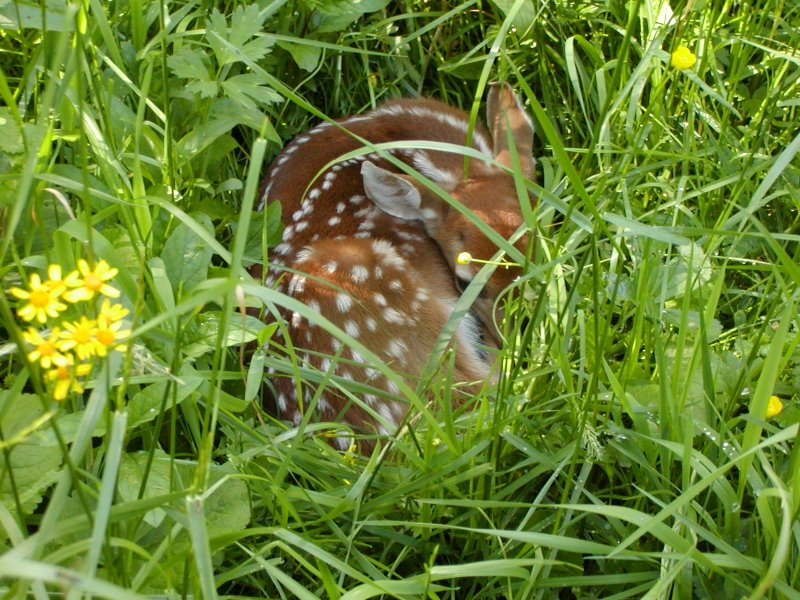
Why? The health of the deer population found there depends on it, or at least that is what research out of Texas is suggesting. The study, spearheaded by the Caesar Kleberg Wildlife Research Institute at Texas A&M University–Kingsville, is investigating the interaction between deer density and overall fawn health.
Research suggests that whitetail does spatially isolate themselves during fawning by decreasing their home range size immediately proceeding or up to 2 weeks prior to parturition, although this behavior was not consistently observed in Texas, at least not in south Texas.
Tracking Does and Fawns
To better understand changes in home range size during fawning 35 does were fitted with GPS collars in 200 acre high-fenced pastures on 2 South Texas ranches. Each ranch had one high density (60 deer) and one low density (20 deer) pasture. Nineteen does were collared in high density enclosures (10 and 9/ranch), and 16 does were collared in low density enclosures (8/ranch).
Collars recorded doe locations every 30 minutes and were deployed for 27–29 weeks beginning in early Spring. Researchers were able to determine when the doe gave birth based on movement data, which varied by deer density. Twenty-seven of 35 females decreased their home ranges during the study just before and after giving birth.
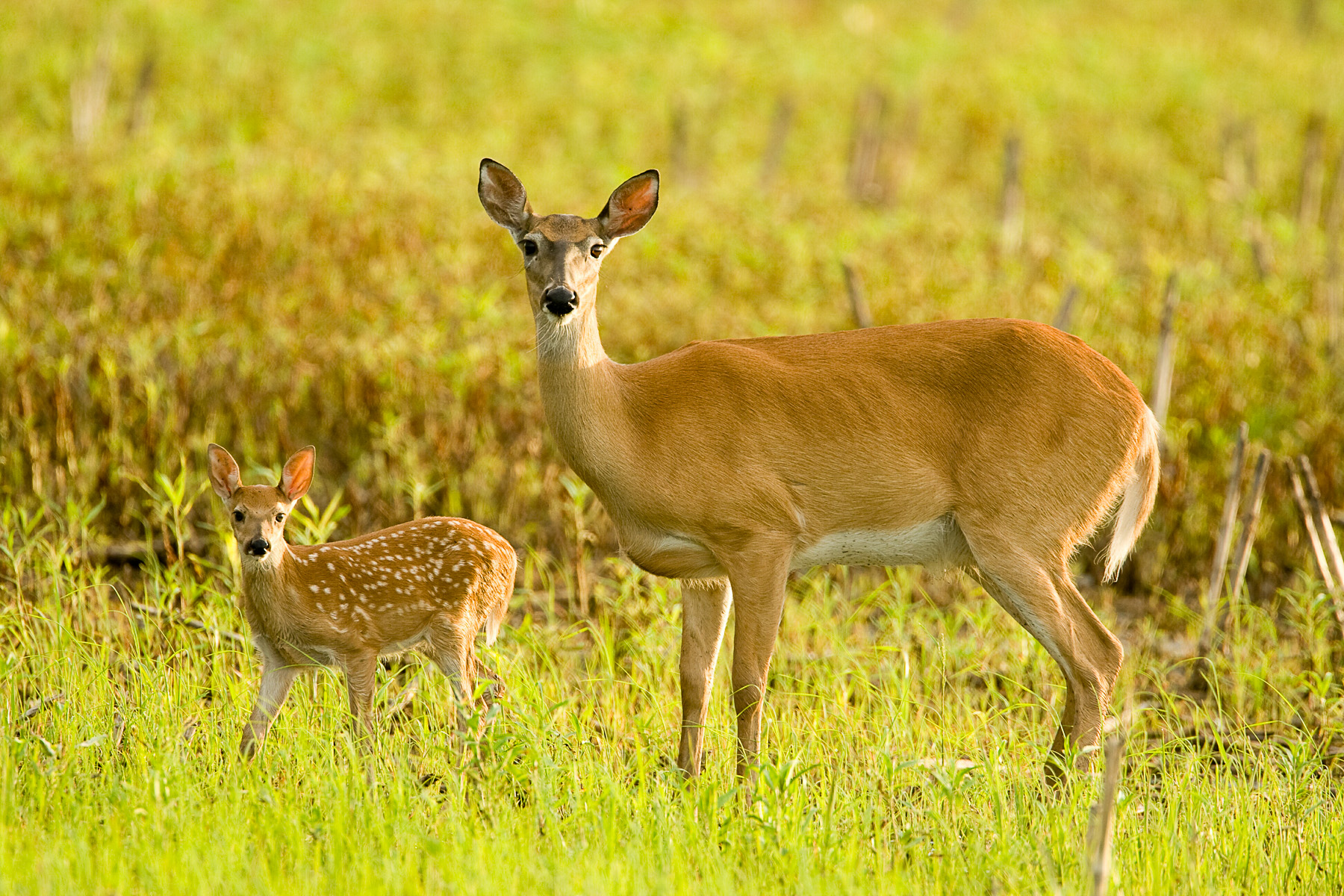
Averaging across all weeks, the does in the low density pasture had home ranges that were 43 percent larger than the does in the high density pasture. In addition, the post-birth home ranges of low density does averaged 52 percent larger than their counterparts.
The numbers are interesting at first, but eye-opening because managers realize that smaller home ranges could result in a lower quality diet for lactating does, resulting in decreased milk production and likely lower fawn survival and growth rates.
Healthy Fawns, Healthy Herd
A less than optimal start for fawns equates to mediocre deer down the road because the body size of mature deer will be negatively impacted, lower than they would have been had the deer been in a lower density environment. This, in turn, means adult does are smaller and bucks do not reach their genetic potential either. And the cycle continues.
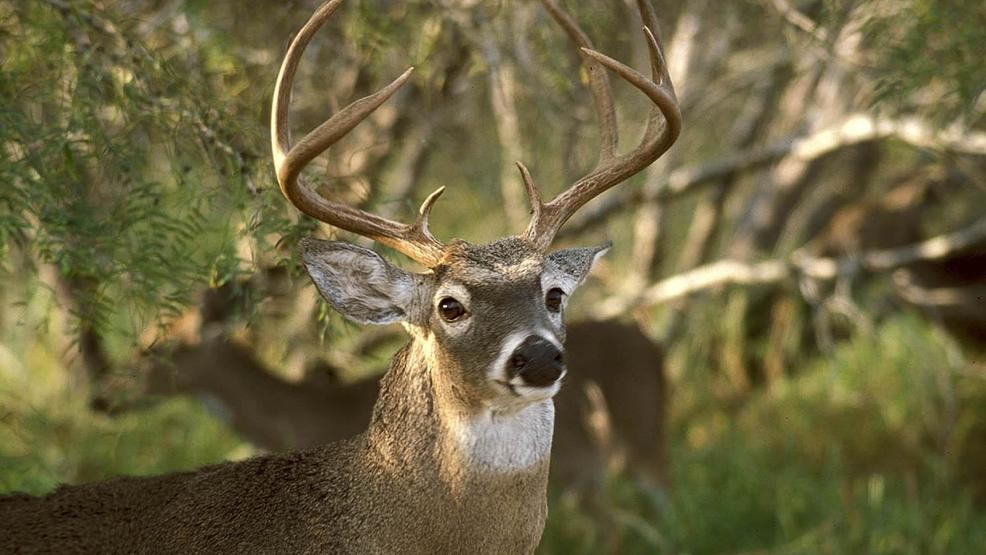
Interesting work, indeed. It also makes complete sense because one of the staples of quality deer management is maintaining good nutrition within the deer herd. Maintaining the proper deer density and good nutrition for the deer found on your property (at all ages) will mean bigger, healthier deer both now and in the future. The next question is how many deer can your property maintain in good health?
